Space news stories
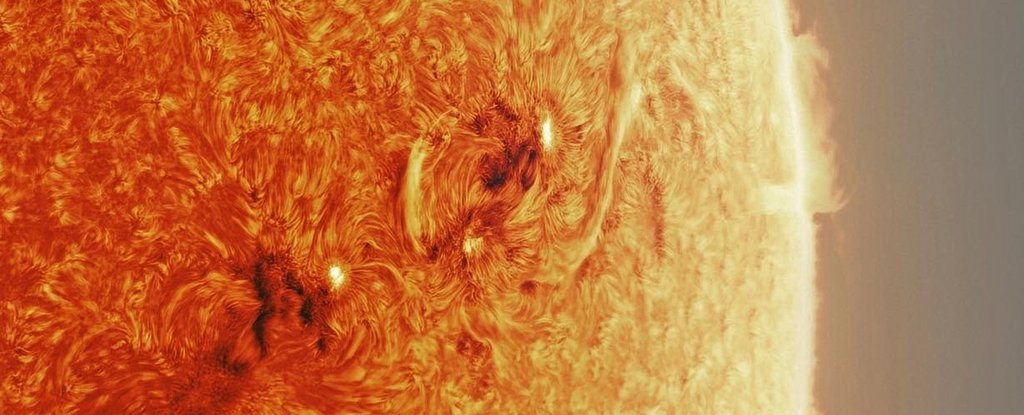
You’re looking at a 300-megapixel photo of our Sun. Astrophotographer Andrew McCarthy used a specially modified telescope, taking over 150,000 individual photos and combining them into this magnificent image.

The Solar System exists in a bubble. Wind and radiation from the Sun stream outwards, pushing out into interstellar space. This creates a boundary of solar influence, within which the objects in the Solar System are sheltered from powerful cosmic radiation.
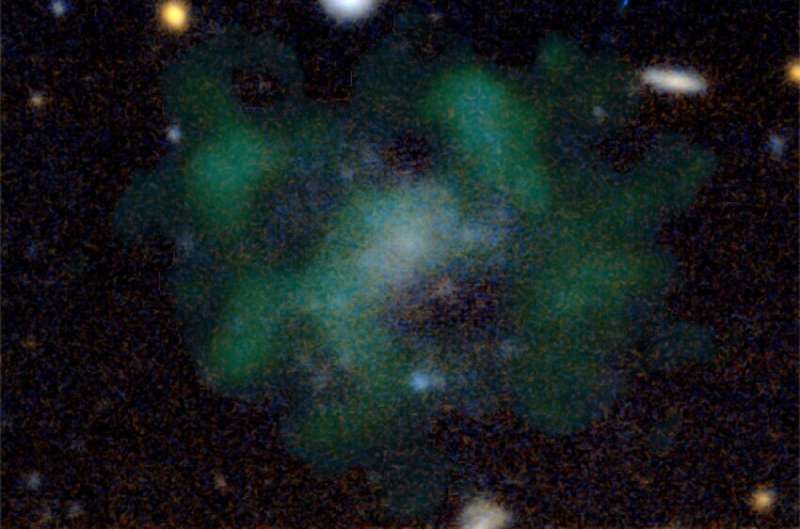
An international team of astronomers led by researchers from the Netherlands has found no trace of dark matter in the galaxy AGC 114905, despite taking detailed measurements over a course of fourty hours with state-of-the-art telescopes. They will present their findings in Monthly Notices of the Royal Astronomical Society.
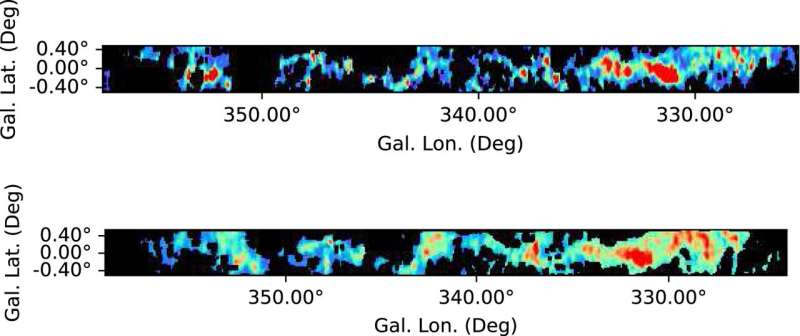
A team of researchers from Germany, France and the U.K. has discovered a long thin filament of dense gas connecting two of the Milky Way galaxy’s spiral arms. In their paper published in The Astrophysical Journal Letters, the group describes their work studying carbon monoxide gas in the galaxy.
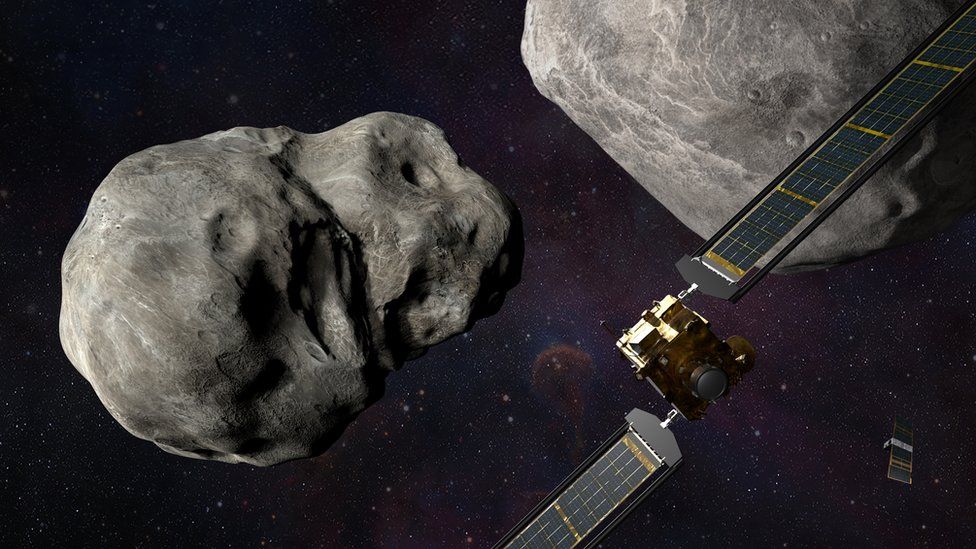
A spacecraft has launched on a mission to test technology that could one day tip a dangerous asteroid off course.
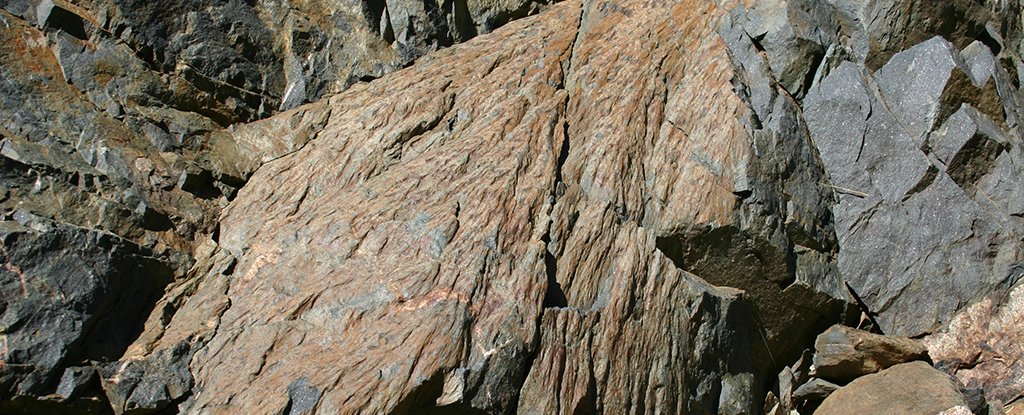
Meteor impact sites might seem like easy things to recognize, with giant craters in Earth’s surface showing where these far-flung objects finally came to a violent stop. But it’s not always that way.

Physically speaking, our Universe seems uncannily perfect. It stands to reason that if it wasn’t, life as we know it – and planets, atoms, everything else really – wouldn’t exist.
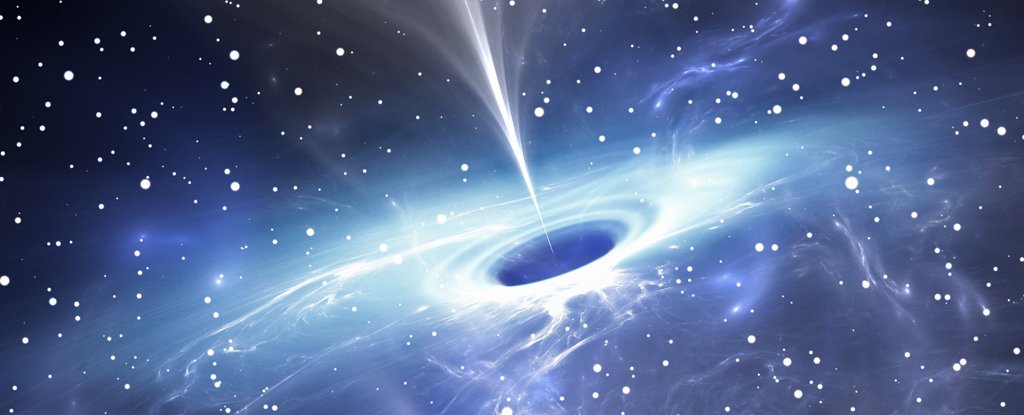
Wormholes, or portals between black holes, may be stable after all, a wild new theory suggests.
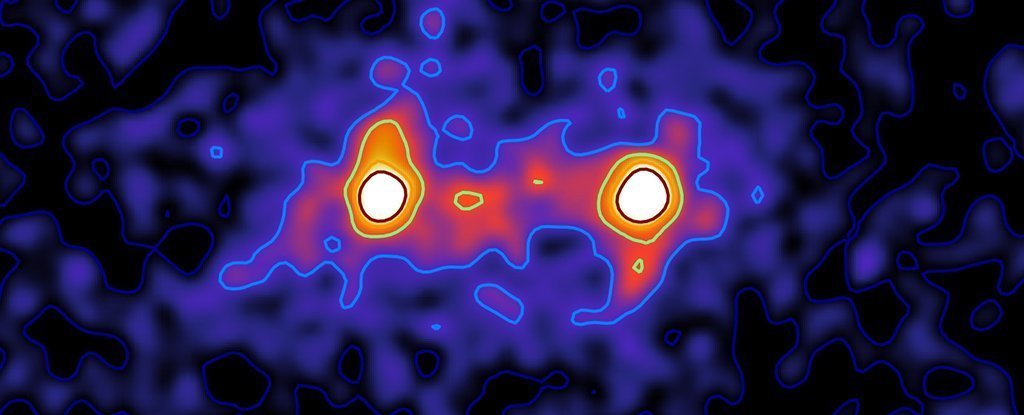
There’s a lot we still don’t know about dark matter – that mysterious, invisible mass that could make up as much as 85 percent of everything around us – but a new paper outlines a rather unusual hypothesis about the very creation of the stuff.

Scientists have identified what appears to be a small chunk of the moon that is tracking the Earth’s orbit around the Sun.
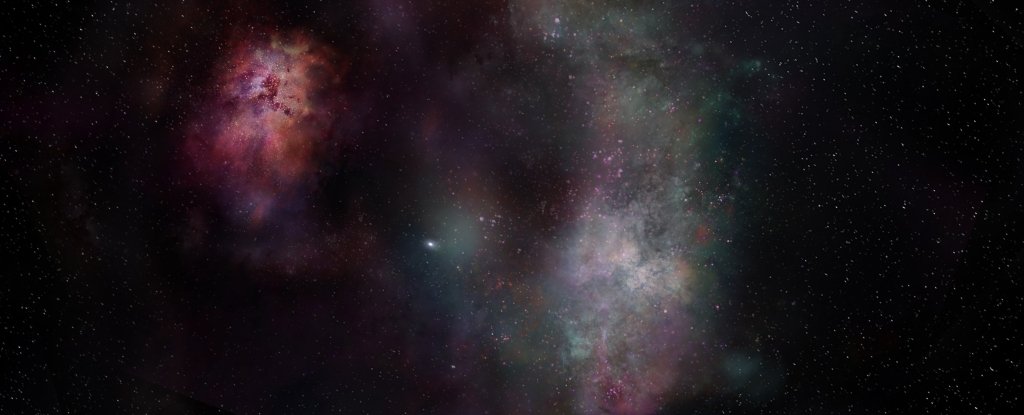
Some of the ingredients necessary for life didn’t take very long to emerge after the Universe winked into existence.

Nearly 50 miles (80 kilometers) of the Chilean coast are covered with oblong fragments of desert glass that researchers who recently studied them say came from a comet’s explosion over the Atacama Desert about 12,000 years ago.

An asteroid about the size of a refrigerator shot past Earth last week, and astronomers didn’t know the object existed until hours after it was gone.
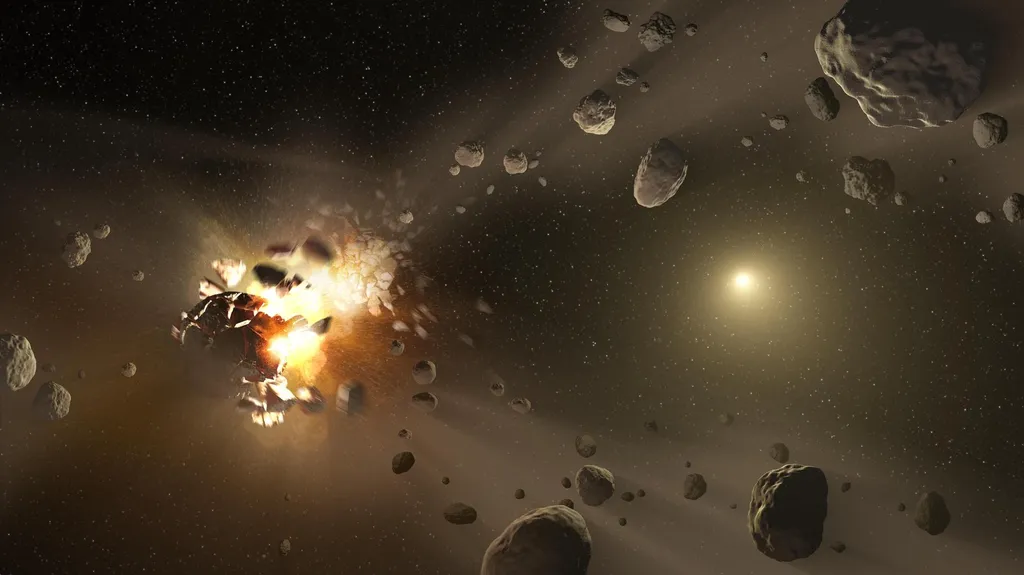
A group of researchers wants to save Earth from a potential asteroid apocalypse using a new planetary defense method they call PI — short for “Pulverize It.”
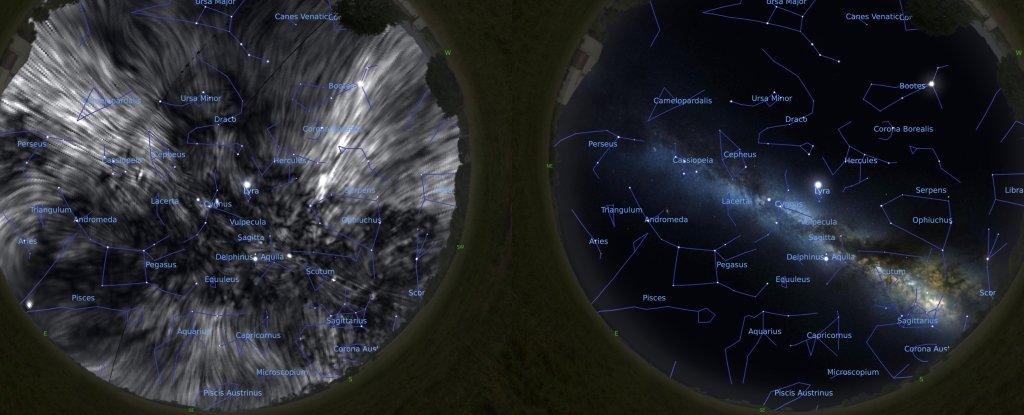
Mysterious structures in the sky that have puzzled astronomers for decades might finally have an explanation – and it’s quite something.

A comprehensive study of the Taurid meteor stream released last week confirms a central understanding of astronomer Dr. Bill Napier and the Comet Research Group, which was incorporated into the YDI hypothesis from the start in 2007








